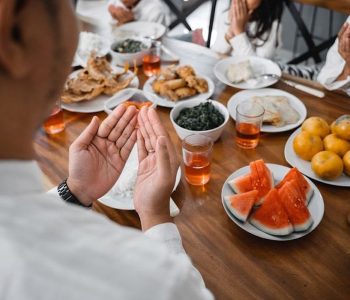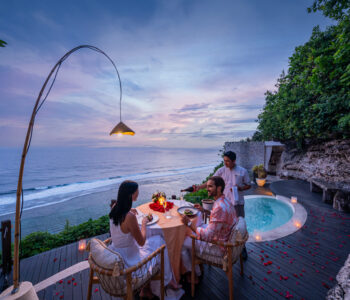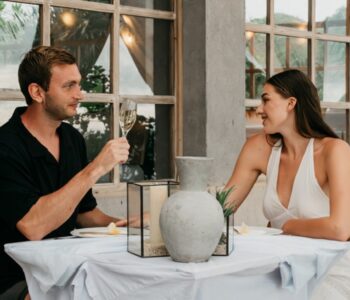
Lombok – an island on the West Nusa Tenggara province that forms part of the chain of the Lesser Sunda Islands of Indonesia, where the Lombok Strait separates it some 128 km away from the island of Bali to its west, the Alas strait between it and the Sumbawa islands to the east.
Though years ago Lombok was supposed to be “the next Bali”, it never really managed to gain the same traction and popularity, despite being blessed with equally stunning landscapes, from its pristine beaches with azure blue waters, beautiful waterfalls, the majestic Mount Rinjani, not to mention the unique and rich cultural heritage and traditions of the native inhabitants, the Sasak tribe.
It wasn’t until leading up to the 2010s that tourism began to recover, with major improvements made to the island’s infrastructure including better road advancements and the construction of Lombok International Airport. Recently, Lombok gained more attention due to the construction of the Mandalika International Street Circuit in Mandalika, a coastal resort area in Central Lombok Regency, where the circuit became the venue for the second rounds of the 2022 Grand Prix motorcycle racing season.
But despite the new developments, Lombok’s charm remains in its natural landscape and its local traditions.

Banyumulek village in West Lombok is one such example. It is one of several pottery villages found across the island. As one of the economic wheels of its residents, pottery-making is a craft that has been practised by the native residents for many generations. At Banyumulek, you’ll find pottery galleries plotted along the streets, showcasing various beautifully handcrafted products made by the artisans.
At Berkat Sabar Pottery, a vast collection of products are displayed, from vases, pots, tableware and ornaments, coming in all kinds of sizes, shapes and colours. Using clay and water as the base for the pottery, the artisans use natural ingredients for the colourants. Here, visitors are also welcome to try and have a hand in the pottery-making process guided by the artisans.


Another craft-focused destination is found at Sukarara Weaving Village in Central Lombok 20 minutes away from Banyumulek, where one will find the textile weaving showroom and shop called Industri Tenun Patuh. Here, visitors can witness the local women demonstrating the process of crafting the textile, and can even try their hand at this difficult craft, passed down the generations.
There are two types of tenun: tenun songket which can take up to a month to complete depending on the motif, and tenun ikat, which typically takes 2-3 days to finish. Inside the shop is a collection of tenun in different colours, types and motifs, sold as fabrics, clothes and more. Visitors can also try out the traditional Lombok attire and take pictures at the traditional houses right outside of the shop.
A short drive from Lombok’s Kuta Beach is the traditional village of Desa Sasak Sade (Sade Village). Sade is one of the most popular tourist sites, being the most authentically traditional village of Lombok’s most native inhabitants, the Sasak tribe, which has managed to preserve and uphold their unique generations-long customs and traditions.
Tucked within Rembitan in Central Lombok, this traditional dusun (hamlet) is well-known for its elevated woven huts, textile vendors and street performances, encompassing a 2-hectare area which has been the home to the Sasak people for fifteen generations.



The residents retain a traditional way of life, such as using traditional cooking appliances and coconut oil lamps. The houses, which are referred to as bale, are built right on the bare ground and feature roofs made of palm fibres placed over bamboo roof trusses, the walls are made of woven bamboo and the floors are made using a mixture of clay and rice husks.
A remarkable fact about the residents of the village is how they’ve managed to sustain their way of living and income, keeping it isolated within and from the village. While most of the men are rice farmers, the women are tenun artisans. On your walk throughout the village, you’ll find plenty of tenun vendors making and selling their textiles, while excess threads are crafted into intricate bracelets.
As with most of the native inhabitants of Lombok, the women in the village are required to learn and have the skills of tenun-making before they can marry. This is also a requirement so that they contribute to the income when the farmers aren’t able to harvest their crops. Lombok is a dry island, where the rainy season only occurs once a year and the harvest season usually only falls around March of each year, thus effectively affecting their source of income.






